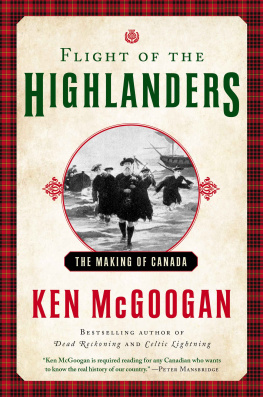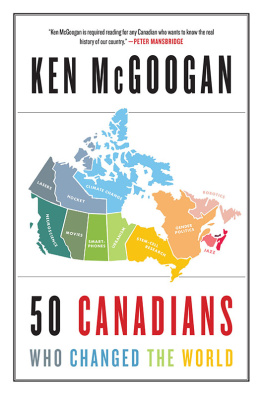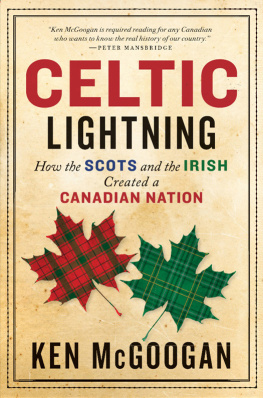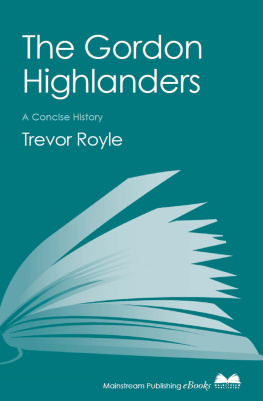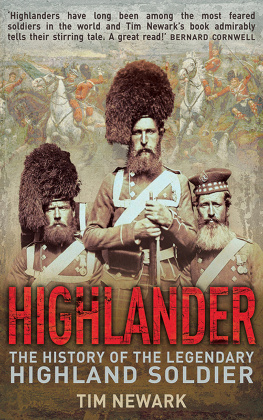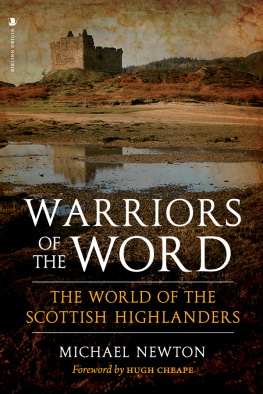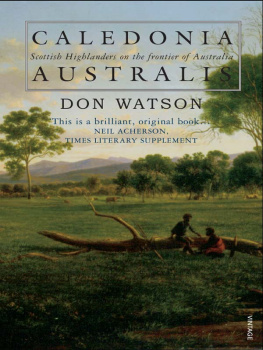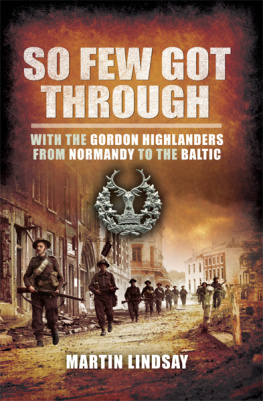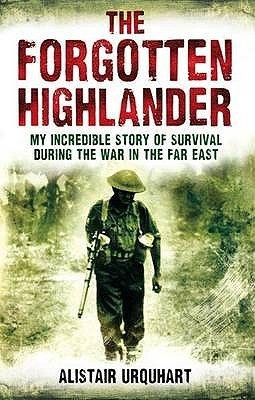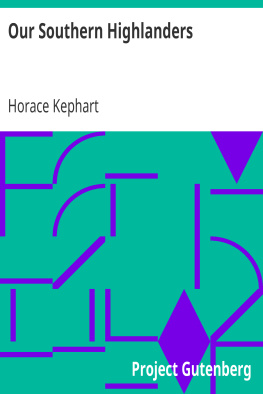Contents
Guide
For Sheena
Long may we run
Contents
I WAS AN EYE WITNESS OF THE SCENE , THE STONEMASON Donald Macleod wrote. Strong parties of men commenced setting fire to the dwellings till about three hundred houses were in flames, the people striving to remove the sick, the helpless, before the fire should reach them. The cries of women and childrenthe roaring of cattlethe barking of dogsthe smoke of the firethe soldiersit required to be seen to be believed! Macleod was writing of a Clearance, a forced eviction of families living in a glen or a valley in the Scottish Highlands. He was describing events of 1814, the Year of the Burnings, as they unfolded in Strathnaver, a wide river valley in the Highland county of Sutherland.
The man supervising the destruction, acting for the aristocratic landlord, had already ordered his men to burn the hill-grazing areas so there would be no food for cattle and the people would have no choice but to leave. When this failed, he escalated the action to the destruction and burning of villages. He had the roofs of houses pulled down and timbers set ablaze to prevent rebuilding. In the month of May alone, he dispossessed and rendered homeless at least 430 people.
Those 430 farmers were among the approximately 200,000 Highlanders driven from their ancestral lands during the Clearances, with estimates varying from 170,750 to more than 300,000. To argue that the Clearances were the result of the inexorable advance of capitalism is to ignore the cultural targeting of Gaelic-speaking, Roman Catholic, clan-oriented Highlanders.
Savageries and brutalities became possible after the decimation of the Highland forces at the 1746 Battle of Culloden, when Bonnie Prince Charlie, claiming the Scottish throne, led a ragtag army of farmers against one of the most professional military forces in the world. The British government, determined after its victory to destroy centuries of Highland independence, unleashed the most violent of its shock troops on a defenceless people. Soldiers went about the business of state-sanctioned murder with gusto, shooting some people in cold blood and burning others to death.
When the killing was done, the government banned Highland dress and stripped clan chieftains of their traditional authority, encouraging them to sell their clans estates to absentee landlords. The Clearances proper began when landlords realized they could dramatically increase their incomes by expelling farmers from their ancestral holdings and dedicating those lands to sheep.
Between 1760 and 1860, as this book shows, the expulsions grew increasingly violent. Most of the cleared Highlanders who relocated to Canada were fleeing persecution. People often call them settlers or colonists. But today, with an international refugee crisis providing a new context, this book suggests that, because they were forcibly evicted from the lands of their forefathers, they should rightly be recognized as refugees.
For Canada, as for other countries, refugees were not defined into official existence until 1951, when a United Nations treaty recognized them as persons forced to flee persecution (violence, war, destruction) in their home countries. To qualify, the newly arrived had to have a well-founded fear of persecution for reasons of race, religion, nationality, membership of a particular social group, or political opinion.
Since becoming a signatory to that treaty, Canada has welcomed successive waves of refugees, among them: 37,000 Hungarians after the 1956 uprising; 11,000 Czechs after the 1968 Prague Spring; 7,000 Ugandans in 1972, after Idi Amin Dada began confiscating property; more than 7,000 Chileans in 19731978, after Augusto Pinochet staged a military coup; 60,000 Vietnamese in 19791980, following the Vietnam War; and, since November 2015, more than 40,000 Syrians fleeing devastation.
But what of those tens of thousands of farmers who were driven from lands where their ancestors had lived for hundreds of years? To argue that they were victims of the advance of capitalism is to ignore that they belonged to an identifiable minority, marginalized by language and religion. After Culloden, they were targeted. Some saw their houses burned to the ground. Others were beaten unconscious. Still others were tricked into attending meetings where they were seized, trussed up, and heaved like bundles into coffin ships bound for Quebec.
Were those people refugees? They arrived in what would become Canada before 1951, when that category of immigrant had yet to be identified. But looking back from the twenty-first century, we can see that, had the term refugee existed, those Highlanders would certainly have qualified. Indeed, because First Nations people had long since established residency, and most of the French who settled Quebec had come of their own free will, the fleeing Highlanders were Canadas first refugees.
Of course, not all immigrant Scots were refugees. Several thousand, having served as British soldiers during one war or another, received land grants of various sizes. As well, hundreds of Scottish Orcadians, having arrived in the North Country with the Hudsons Bay Company, later became settlers. Nor can we forget that eighteenth-and nineteenth-century Scotland also sent talented, high-energy figures seeking to improve their lives. I wrote about some of them in How the Scots Invented Canada.
In Flight of the Highlanders, I focus on the common people. I trace the challenges and fates of those forgotten Scots who were betrayed by their own chieftains and ruthlessly evicted from their homes, only to find themselves battling hardship, hunger and adamant rejection in a New World wilderness. Some moved initially to Britains southern colonies, such as New England and the Carolinas. Of those, some forty or fifty thousand remained loyal to Britain and ended up fleeing for their lives during the American Revolution.
Numerous books have explored the Clearances and many have examined Highlander arrivals in pre-Confederation Canada. But none has intertwined these two complex stories in the context of todays international refugee crisis. Flight of the Highlanders repudiates the notion that Canadian settlement history is, as some have suggested, a white, hetero-male narrative of power that erases the existence of the marginalized.
Those penniless Highlanders who arrived here after being torn from their ancestral lands were themselves among the marginalized. The sad irony is that, in some locations, the persecuted refugees displaced nomadic peoples whose way of life had emerged out of the fur trade and depended on wilderness and wide-open spaces. The brave-hearted Highlanders eventually made good in Canada, though often they needed a few generations; the traumatized Indigenous peoples, their prerequisites eradicated, their way of life overthrown, almost inevitably continue to struggle.
Over the past several years, while researching this book, I have travelled extensively throughout Scotland, from Orkney and Shetland in the north to the Mull of Kintyre in the south, and from Aberdeen in the east to Lewis and St. Kilda in the west. Here in Canada, I have visited most locations relevant to the arrival of the Highlander refugeesfrom Prince Edward Island and Pictou, Nova Scotia, to Churchill and Fort Garry in Manitoba. I have undertaken these travelsand interviewed contemporary descendants of those driven outto bring this historical narrative into the twenty-first century. I view this as necessary because I believe, along with Booker Prizewinner Kiran Desai, that the present changes the past: Looking back you do not find what you left behind.
Not long ago, writing in the Walrus, Charlotte Gray voiced a corollary perspective while predicting that we will see more group biographies: I also expect tomorrows biographers to increasingly insert contemporary preoccupations into their reconstructions of past lives, in order to shrink the gap between past and present. In this era of fake news and postmodernist skepticism, she anticipates more biographers dropping the veil of omniscience and putting themselves on the page.
Next page
